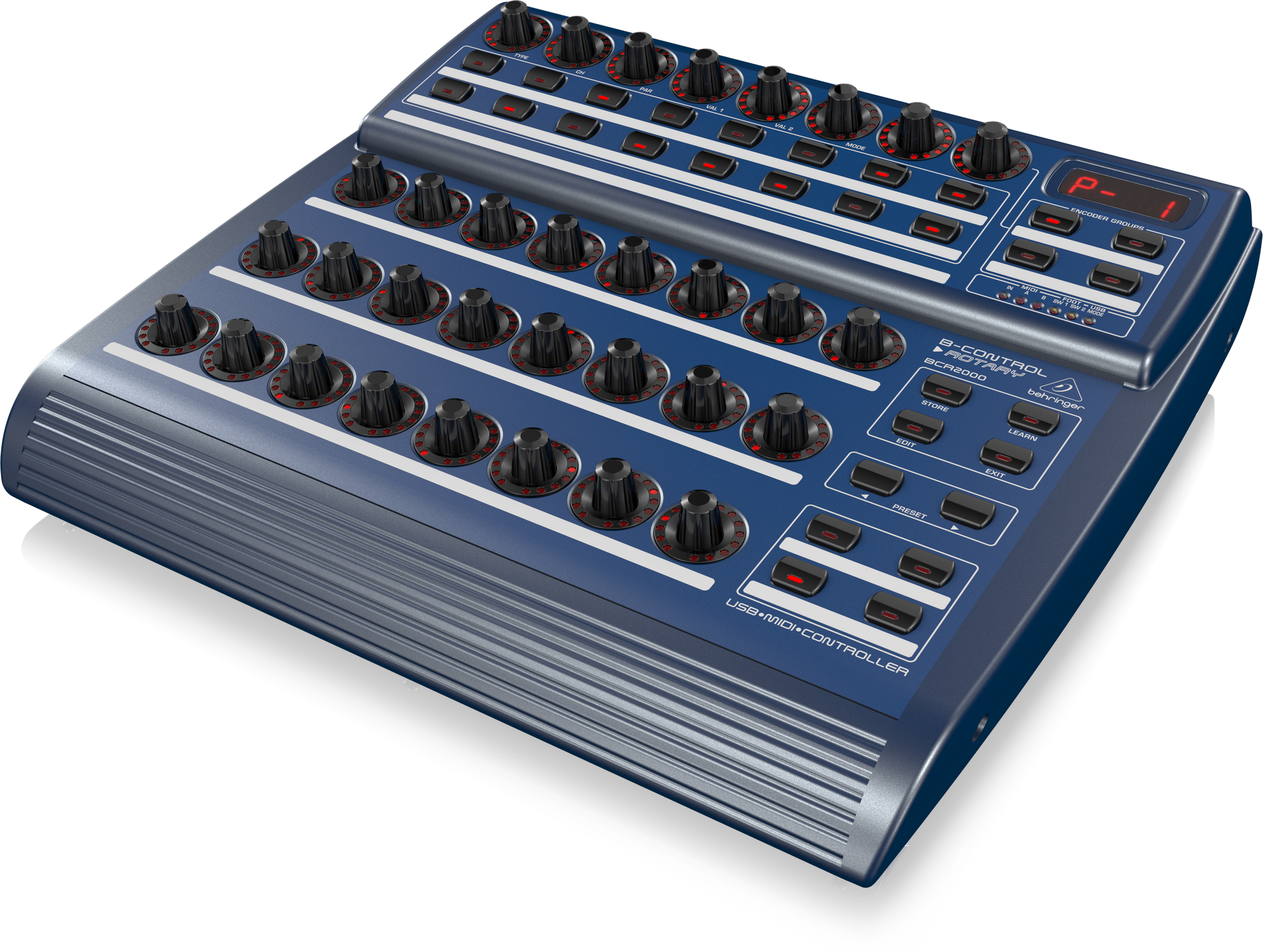

Mutations in BCR-ABL that favor the adoption of an active, imatinib-resistant conformation are effectively targeted by dasatinib, as shown in cell lines expressing 14 imatinib-resistant mutants ( Shah et al., 2004 Burgess et al., 2005 O'Hare et al., 2005). Therefore, dual SRC and ABL kinase inhibitors are attractive for the treatment of imatinib-resistant CML.ĭasatinib is an orally available multitargeted SRC and ABL kinase inhibitor with two-log increased potency relative to imatinib ( Shah et al., 2004). HCK and LYN are expressed and activated in the acute phase of chronic myeloid leukemia (CML) patients, and their upregulation correlates with disease progression and resistance in patients with imatinib ( Hofmann et al., 2002 Donato et al., 2003 Dai et al., 2004 Ptasznik et al., 2004). The studies with dominant-negative mutants suggest that SRC kinases may contribute to the proliferation and survival of myeloid cell lines expressing BCR-ABL in vitro ( Lionberger et al., 2000). Multiple domains of BCR-ABL interact with and activate SRC kinases independently of BCR-ABL kinase activity ( Warmuth et al., 1997 Stanglmaier et al., 2003). SRC kinases are involved in BCR-ABL-mediated transformation and have been implicated in imatinib resistance ( Donato et al., 2003 Dai et al., 2004).

SRC family kinases regulate multiple cellular events such as proliferation, differentiation, survival, cytoskeletal organization, adhesion and migration as a consequence of their ability to couple with many diverse classes of cellular receptors and many distinct cellular targets ( Thomas and Brugge, 1997). These findings demonstrate that the additive/synergistic growth inhibition by imatinib and dasatinib may be mediated in part by CDK2 and CDK8. K562 and TF-1BCR-ABL cells, pretreated with CDK2 or CDK8 small interfering RNA, showed additive growth inhibition with imatinib, but not with dasatinib. To assess the functional importance of dasatinib regulated genes, we used RNA interference to determine whether reduction of CDK2 and CDK8 affected the growth inhibition. The distinct genes that are selectively modulated by dasatinib are cyclin-dependent kinase 2 ( CDK2) and CDK8, which had a maximal reduction of <5-fold in microarray screen. Almost all of the imatinib- and dasatinib-responsive genes appeared to be similarly increased or decreased in K562 cells however, small subsets of genes were identified as selectively altered expression by either imatinib or dasatinib. K562 cells were cultured with imatinib or dasatinib for 16 h, and gene expression data were obtained from three independent microarray hybridizations.

To address this question, we used DNA microarrays to identify genes whose transcription was altered by imatinib and dasatinib. The fact because the combination of imatinib and dasatinib shows the additive/synergistic growth inhibition on wild-type p210 BCR-ABL-expressing cells, we reasoned that these ABL kinase inhibitors might induce the different molecular pathways. From a clinical standpoint, dasatinib is particularly attractive because it has been shown to induce hematologic and cytogenetic responses in imatinib-resistant chronic myeloid leukemia patients. Dasatinib is an ATP-competitive, multi-targeted SRC and ABL kinase inhibitor that can bind BCR-ABL in both the active and inactive conformations.


 0 kommentar(er)
0 kommentar(er)
